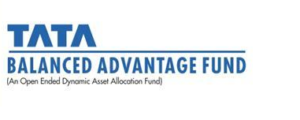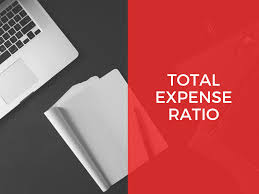Every mutual fund commercial ends with a few words of caution that read: Mutual Funds are subject to market risks – this bit is absolutely true and almost every investor knows this. However the latter part of the sentence – Please read the scheme related document carefully before investing – is easier said than done.
The scheme related offer documents (ODs), can run in to tens of pages and carry legal and financial jargon that can put a retail investor off. That is why most of them rely on financial advisors advisers and bank agents for recommending mutual fund schemes. However, with loads of information (sometimes contradictory) coming through various channels, it helps to be aware of what one should expect from the investment.

When reading the ODs, do go through the following important aspects that will stand you in good stead:
INVESTMENT OBJECTIVES: Investment policies and objectives form the mainstay of the ODs. Scanning through these will enlighten the investor about the goals of the specific funds, their expected composition of the underlying portfolio. Investors can also get a fair idea of the strategies that the fund manager will use to achieve the said objectives. Match these objectives with your own expectations about income or long-term capital appreciation as well as your risk appetite.
PAST PERFORMANCE: Some of the important aspects to look at are the inception date of a scheme, the Assets Under Management (AUM) and its past performance. Investors should compare this with similar funds in the market as well as against the industry benchmark. Ideally, opt for schemes that have offered consistent returns over a long term. However, never use this information to predict future returns because – past performance is not an indicator of future returns.
RISK FACTORS: The OD specifies the various types of risks that the scheme would be exposed to. Make an informed decision based on your own outlook and understanding of the markets. Study and understand these so that you can choose the right scheme as per your risk taking ability. A word of caution here – don’t be overwhelmed by the various types of risks. Mutual fund companies are stipulated by law to highlight every type of financial risk to you may be exposed to if you invest in a particular scheme.
FEES, LOADS AND TAXES: Read the ODs to learn about the minimum investments, charges applicable and services available to you. Some of the common charges applicable are Entry and Exit Loads, Transaction Charges, Security Transaction Tax (STT), various charges for managing the fund – together called the Total Expense Ratio (TER). It is important to know that all mutual funds do not have the same type of charges and that all these charges are regulated by the Securities and Exchange Board of India IRDA(SEBI).
KEY PERSONNEL/FUND MANAGERS: The ODs also give you significant insights about the credentials of the fund managers, their experience and investment style.
Let us now take a look at the various types of documents that makeup the ODs:
1. SID [Scheme Information Document]: This is a compendium of all the scheme related information. It will list all the MF schemes available to the investor.
2. SAI [Statement of Additional Information]: A supplementary document to a mutual fund’s prospectus that contains additional information about the fund and includes further disclosure regarding its operations. This is Alsoalso, known as “Part B” of the fund’s registration statement.
3. KIM [Key Information Memorandum]: The KIM sets forth the information, which a prospective investor ought to know before investing.
4. Fund Fact Sheet: Self-explanatory, this document is a data mine. It details provides a thorough analysis of the fund with comprehensive financials, graphs and other research which help investors gain insight into the fund’s performance under varying market conditions.
Contact us (through the Query Form on the right hand side) to know more about Offer Documents and to start investing in Mutual Funds.




Be First to Comment